HSBC 2005 Annual Report Download - page 119
Download and view the complete annual report
Please find page 119 of the 2005 HSBC annual report below. You can navigate through the pages in the report by either clicking on the pages listed below, or by using the keyword search tool below to find specific information within the annual report.-
 1
1 -
 2
2 -
 3
3 -
 4
4 -
 5
5 -
 6
6 -
 7
7 -
 8
8 -
 9
9 -
 10
10 -
 11
11 -
 12
12 -
 13
13 -
 14
14 -
 15
15 -
 16
16 -
 17
17 -
 18
18 -
 19
19 -
 20
20 -
 21
21 -
 22
22 -
 23
23 -
 24
24 -
 25
25 -
 26
26 -
 27
27 -
 28
28 -
 29
29 -
 30
30 -
 31
31 -
 32
32 -
 33
33 -
 34
34 -
 35
35 -
 36
36 -
 37
37 -
 38
38 -
 39
39 -
 40
40 -
 41
41 -
 42
42 -
 43
43 -
 44
44 -
 45
45 -
 46
46 -
 47
47 -
 48
48 -
 49
49 -
 50
50 -
 51
51 -
 52
52 -
 53
53 -
 54
54 -
 55
55 -
 56
56 -
 57
57 -
 58
58 -
 59
59 -
 60
60 -
 61
61 -
 62
62 -
 63
63 -
 64
64 -
 65
65 -
 66
66 -
 67
67 -
 68
68 -
 69
69 -
 70
70 -
 71
71 -
 72
72 -
 73
73 -
 74
74 -
 75
75 -
 76
76 -
 77
77 -
 78
78 -
 79
79 -
 80
80 -
 81
81 -
 82
82 -
 83
83 -
 84
84 -
 85
85 -
 86
86 -
 87
87 -
 88
88 -
 89
89 -
 90
90 -
 91
91 -
 92
92 -
 93
93 -
 94
94 -
 95
95 -
 96
96 -
 97
97 -
 98
98 -
 99
99 -
 100
100 -
 101
101 -
 102
102 -
 103
103 -
 104
104 -
 105
105 -
 106
106 -
 107
107 -
 108
108 -
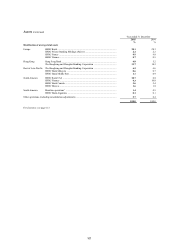 109
109 -
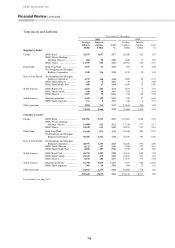 110
110 -
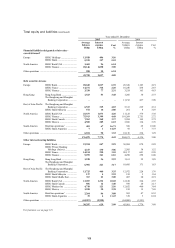 111
111 -
 112
112 -
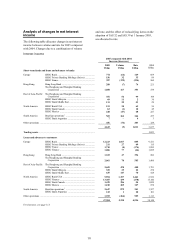 113
113 -
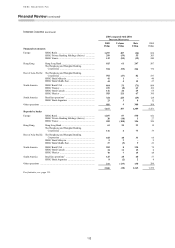 114
114 -
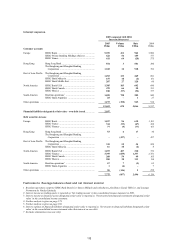 115
115 -
 116
116 -
 117
117 -
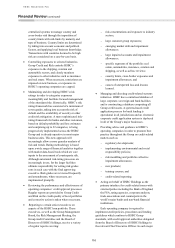 118
118 -
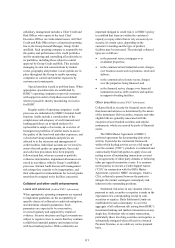 119
119 -
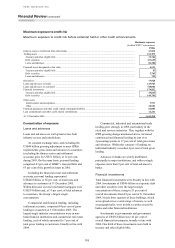 120
120 -
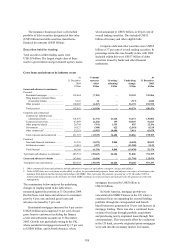 121
121 -
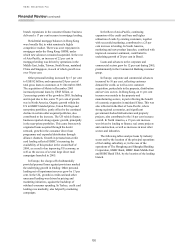 122
122 -
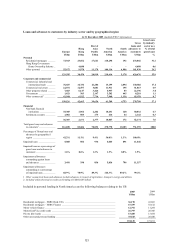 123
123 -
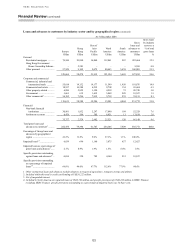 124
124 -
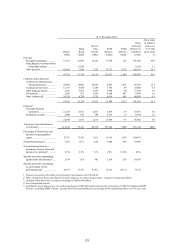 125
125 -
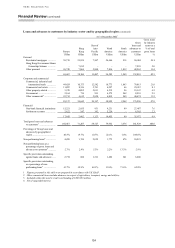 126
126 -
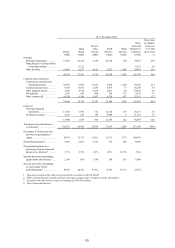 127
127 -
 128
128 -
 129
129 -
 130
130 -
 131
131 -
 132
132 -
 133
133 -
 134
134 -
 135
135 -
 136
136 -
 137
137 -
 138
138 -
 139
139 -
 140
140 -
 141
141 -
 142
142 -
 143
143 -
 144
144 -
 145
145 -
 146
146 -
 147
147 -
 148
148 -
 149
149 -
 150
150 -
 151
151 -
 152
152 -
 153
153 -
 154
154 -
 155
155 -
 156
156 -
 157
157 -
 158
158 -
 159
159 -
 160
160 -
 161
161 -
 162
162 -
 163
163 -
 164
164 -
 165
165 -
 166
166 -
 167
167 -
 168
168 -
 169
169 -
 170
170 -
 171
171 -
 172
172 -
 173
173 -
 174
174 -
 175
175 -
 176
176 -
 177
177 -
 178
178 -
 179
179 -
 180
180 -
 181
181 -
 182
182 -
 183
183 -
 184
184 -
 185
185 -
 186
186 -
 187
187 -
 188
188 -
 189
189 -
 190
190 -
 191
191 -
 192
192 -
 193
193 -
 194
194 -
 195
195 -
 196
196 -
 197
197 -
 198
198 -
 199
199 -
 200
200 -
 201
201 -
 202
202 -
 203
203 -
 204
204 -
 205
205 -
 206
206 -
 207
207 -
 208
208 -
 209
209 -
 210
210 -
 211
211 -
 212
212 -
 213
213 -
 214
214 -
 215
215 -
 216
216 -
 217
217 -
 218
218 -
 219
219 -
 220
220 -
 221
221 -
 222
222 -
 223
223 -
 224
224 -
 225
225 -
 226
226 -
 227
227 -
 228
228 -
 229
229 -
 230
230 -
 231
231 -
 232
232 -
 233
233 -
 234
234 -
 235
235 -
 236
236 -
 237
237 -
 238
238 -
 239
239 -
 240
240 -
 241
241 -
 242
242 -
 243
243 -
 244
244 -
 245
245 -
 246
246 -
 247
247 -
 248
248 -
 249
249 -
 250
250 -
 251
251 -
 252
252 -
 253
253 -
 254
254 -
 255
255 -
 256
256 -
 257
257 -
 258
258 -
 259
259 -
 260
260 -
 261
261 -
 262
262 -
 263
263 -
 264
264 -
 265
265 -
 266
266 -
 267
267 -
 268
268 -
 269
269 -
 270
270 -
 271
271 -
 272
272 -
 273
273 -
 274
274 -
 275
275 -
 276
276 -
 277
277 -
 278
278 -
 279
279 -
 280
280 -
 281
281 -
 282
282 -
 283
283 -
 284
284 -
 285
285 -
 286
286 -
 287
287 -
 288
288 -
 289
289 -
 290
290 -
 291
291 -
 292
292 -
 293
293 -
 294
294 -
 295
295 -
 296
296 -
 297
297 -
 298
298 -
 299
299 -
 300
300 -
 301
301 -
 302
302 -
 303
303 -
 304
304 -
 305
305 -
 306
306 -
 307
307 -
 308
308 -
 309
309 -
 310
310 -
 311
311 -
 312
312 -
 313
313 -
 314
314 -
 315
315 -
 316
316 -
 317
317 -
 318
318 -
 319
319 -
 320
320 -
 321
321 -
 322
322 -
 323
323 -
 324
324 -
 325
325 -
 326
326 -
 327
327 -
 328
328 -
 329
329 -
 330
330 -
 331
331 -
 332
332 -
 333
333 -
 334
334 -
 335
335 -
 336
336 -
 337
337 -
 338
338 -
 339
339 -
 340
340 -
 341
341 -
 342
342 -
 343
343 -
 344
344 -
 345
345 -
 346
346 -
 347
347 -
 348
348 -
 349
349 -
 350
350 -
 351
351 -
 352
352 -
 353
353 -
 354
354 -
 355
355 -
 356
356 -
 357
357 -
 358
358 -
 359
359 -
 360
360 -
 361
361 -
 362
362 -
 363
363 -
 364
364 -
 365
365 -
 366
366 -
 367
367 -
 368
368 -
 369
369 -
 370
370 -
 371
371 -
 372
372 -
 373
373 -
 374
374 -
 375
375 -
 376
376 -
 377
377 -
 378
378 -
 379
379 -
 380
380 -
 381
381 -
 382
382 -
 383
383 -
 384
384 -
 385
385 -
 386
386 -
 387
387 -
 388
388 -
 389
389 -
 390
390 -
 391
391 -
 392
392 -
 393
393 -
 394
394 -
 395
395 -
 396
396 -
 397
397 -
 398
398 -
 399
399 -
 400
400 -
 401
401 -
 402
402 -
 403
403 -
 404
404 -
 405
405 -
 406
406 -
 407
407 -
 408
408 -
 409
409 -
 410
410 -
 411
411 -
 412
412 -
 413
413 -
 414
414 -
 415
415 -
 416
416 -
 417
417 -
 418
418 -
 419
419 -
 420
420 -
 421
421 -
 422
422 -
 423
423 -
 424
424
 |
 |
117
subsidiary, management includes a Chief Credit and
Risk Officer who reports to the local Chief
Executive Officer on credit-related issues. All Chief
Credit and Risk Officers have a functional reporting
line to the Group General Manager, Group Credit
and Risk. Each operating company is responsible for
the quality and performance of its credit portfolios
and for monitoring and controlling all credit risks in
its portfolios, including those subject to central
approval by Group Credit and Risk. This includes
managing its own risk concentrations by market
sector, geography and product. Local systems are in
place throughout the Group to enable operating
companies to control and monitor exposures by
customer and counterparty.
Special attention is paid to problem loans. When
appropriate, specialist units are established by
HSBC’s operating companies to provide customers
with support in order to help them avoid default
wherever possible, thereby maximising recoveries
for HSBC.
Regular audits of operating companies’ credit
processes are undertaken by HSBC’s Internal Audit
function. Audits include a consideration of the
completeness and adequacy of credit manuals and
lending guidelines; an in-depth analysis of a
representative sample of accounts; an overview of
homogeneous portfolios of similar assets to assess
the quality of the loan book and other exposures; and
a check that Group standards and policies are
adhered to in the extension and management of
credit facilities. Individual accounts are reviewed to
ensure that risk grades are appropriate, that credit
and collection procedures have been properly
followed and that, when an account or portfolio
evidences deterioration, impairment allowances are
raised in accordance with the Group’s established
processes. Internal Audit discuss with management
risk ratings they consider to be inappropriate, and
their subsequent recommendations for revised grades
must then be assigned to the facilities concerned.
Collateral and other credit enhancements
Loans and advances (Audited IFRS 7 information)
When appropriate, operating companies are required
to implement guidelines on the acceptability of
specific classes of collateral or credit risk mitigation,
and determine valuation parameters. Such
parameters are expected to be conservative,
reviewed regularly and supported by empirical
evidence. Security structures and legal covenants are
subject to regular review to ensure that they continue
to fulfil their intended purpose and remain in line
with local market practice. While collateral is an
important mitigant to credit risk, it is HSBC’s policy
to establish that loans are within the customer’s
capacity to repay rather than to rely excessively on
security. In certain cases, depending on the
customer’s standing and the type of product,
facilities may be unsecured. The principal collateral
types are as follows:
• in the personal sector, mortgages over
residential properties;
• in the commercial and industrial sector, charges
over business assets such as premises, stock and
debtors;
• in the commercial real estate sector, charges
over the properties being financed; and
• in the financial sector, charges over financial
instruments such as debt securities and equities
in support of trading facilities.
Other securities (Audited IFRS 7 information)
Collateral held as security for financial assets other
than loans and advances is determined by the nature
of the instrument. Debt securities, treasury and other
eligible bills are generally unsecured with the
exception of asset backed securities and similar
instruments, which are secured by pools of financial
assets.
The ISDA Master Agreement is HSBC’s
preferred agreement for documenting derivatives
activity. It provides the contractual framework
within which dealing activity across a full range of
over-the-counter (‘OTC’), products is conducted and
contractually binds both parties to apply close-out
netting across all outstanding transactions covered
by an agreement, if either party defaults or following
other pre-agreed termination events. It is common
for the parties to execute a Credit Support Annex
(‘CSA’) in conjunction with the ISDA Master
Agreement, a practice HSBC encourages. Under a
CSA, collateral is passed between the parties to
mitigate the market contingent counterparty risk
inherent in the outstanding positions.
Settlement risk arises in any situation where a
payment in cash, securities or equities is made in the
expectation of a corresponding receipt in cash,
securities or equities. Daily Settlement Limits are
established for each counterparty, to cover the
aggregate of all settlement risk arising from HSBC’s
investment banking and markets transactions on any
single day. Settlement risk on many transactions,
particularly those involving securities and equities, is
substantially mitigated when effected via Assured
Payment Systems, or on a delivery versus payment
basis.
